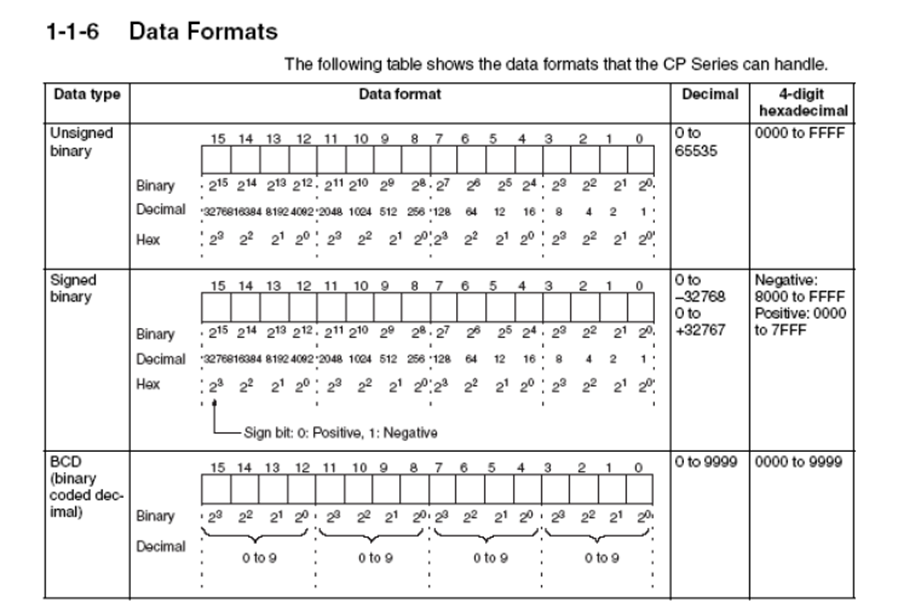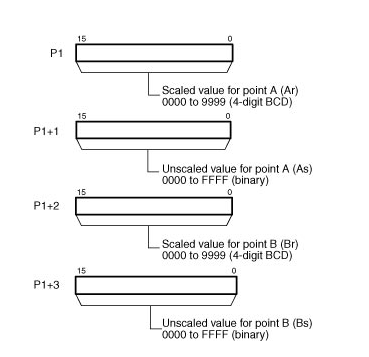BCD (Binary coded decimal) is a method for encoding decimal numbers and is not to be confused with binary. BCD encodes each digit of a decimal number in 4 bits of data.
One way of thinking about it is that each decimal digit is represented by one hexadecimal digit (or four binary bits).
The below table shows how decimal digits are encoded in BCD and how they differ from its binary equivalent. Keep in mind that BCD and binary are the same from 0-9 but for values greater than 9 they are different.
| Decimal | Binary(BCD) | Hexadecimal | Binary | Hexadecimal |
| 0 | 00000000 | 0 | 00000000 | 0 |
| 1 | 00000001 | 1 | 00000001 | 1 |
| 2 | 00000010 | 2 | 00000010 | 2 |
| … | ||||
| 9 | 00001001 | 9 | 00001001 | 9 |
| 10 | 00010000 | 10 | 00001010 | A |
| 11 | 00010001 | 11 | 00001011 | B |
| 12 | 00010010 | 12 | 00001100 | C |
| … | ||||
| 20 | 00100000 | 20 | 00010100 | 14 |
| 21 | 00100001 | 21 | 00010101 | 15 |
| … | ||||
| 99 | 10011001 | 99 | 01100011 | 63 |
In the above example, note that each 4 bits gives us one digit. This means that when we are using 8 bits like above, the maximum value that can be stored is 99. To store more digits we would need to use 12 bits which would give us a maximum value of 999.
Additionally take notice when encoding using BCD the hexadecimal representation mirrors the decimal value. To enter the decimal value 1234 to cx-p in a BCD format, you would notate it as #1234.
Warning
Ensure that the values A,B,C,D,E,F are not used when encoding values in BCD. Doing so will result in errors. A common way this can occur is using standard binary math functions rather than BCD math functions when working with BCD values.
In CX-Programmer, channels have 16 bits which means that the maximum value that can be stored is 9999.

Info
A common occurrence of BCD values is scaling analogue values using the SCL function. The reason for this is that some of the parameter inputs for the function require BCD, and the output of the function is also BCD.
 |
 |
If you treat P1 or P1+2 as a binary the block either won't scale as expected, or it will not function at all.